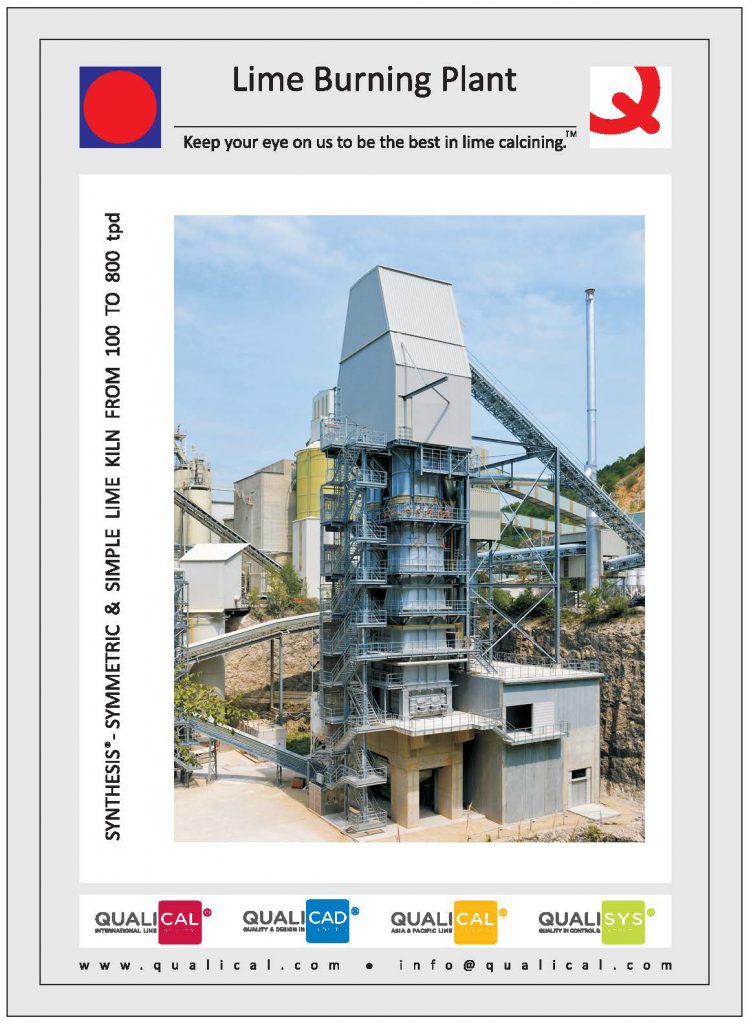
What Is Lime?
Lime is one of the oldest materials known to man. In the past, before the rapid growth of the chemical process industries, lime was regarded almost entirely as a building and agricultural material.
Since 1900, progressively larger quantities of lime have been used in industry as a chemical reagent. Today, more than 90% of total amount of lime is used as chemical in its oxide and hydroxide forms.
Lime, sometimes referred to as quicklime, is a term commonly applied to a number of related materials. Pure lime is calcium oxide (CaO) formed by “burning” a form of calcium carbonate such as limestone (CaCO3).
Carbon dioxide gas (CO2) is released and leaves lime behind. Dolomite, a calcium magnesium carbonate (CaMg(CO3)2) can also be calcined to form dolomitic lime, which has different reactivity due to the presence of MgO. These processes are called calcination.
Lime can be mixed with water to form hydrated lime (Ca(OH)2), which some also call lime.
Limestone is the raw material for lime – making. Limestone is a common sedimentary rock composed primarily of the calcium carbonate mineral (CaCO3). Limestone constitutes approximately 10 percent of the sedimentary rocks exposed on the earth’s surface.
Four Basic Steps to Produce Lime
2.1.Quarrying or Mining
Limestone is extracted in both underground (quarrying process) and surface (mining process) mines. Lime-quality limestone must be carefully identified and extracted to maintain its purity.
2.2.Stone Preparation
This phase can be divided into five main operations: crushing/grindings, sizing, beneficiation, storage/loading out and transport. After the extraction of the limestone, it is necessary to reduce its size (crushing) or pulverize it (grinding):
- to produce accurately – sized kiln feed,
- to segregate coarser from finer particles,
- to reduce impurities, usually concentrated into finer fractions.
The used techniques are two: screening and classification.
The limestone needs to be improved in its physical and chemical qualities with the following processes:
- scalping and screening
- washing and scrubbing
- sorting
The last two operations are the storage in suitable silos (or alternatively stones can be transported to the stockpile with dump truck or shovel) and the transport from the quarry to the user.
2.3.Limestone Calcining
Limestone, which is primarily composed of calcium carbonate, is heated to decompose the calcium carbonate into calcium oxide and carbon dioxide. The chemical reactions that govern the process are not simple and the calcination characteristics of every limestone are best determined by practical tests. Many attempts have been made to produce a theory of calcination, but all have had limited validity.
The calcination is generally carried out in either vertical shaft kilns or large rotary kilns. Because of the high temperatures required (exceeding 950 °C), calcining is an energy-intensive process. The product of the calcining process is quicklime, which can be used as “pebble lime,” or may be crushed or pulverized, depending on its intended use. The quality of the quicklime depends also from the kiln used in the process.
The two major groups of Kilns are
Vertical Kilns
Rotary Kilns
2.4.Lime Hydrating
Hydrated (or slaked) lime is produced by reacting quicklime with a controlled excess of water in continuous hydrators. The final product is a dry powdered calcium hydroxide and generally contain less than 1% unreacted water.
The process is called “hydration” and it is different from “slaking” which involves the production of a dispersion of calcium hydroxide in water (i.e. milk of lime or lime putty).